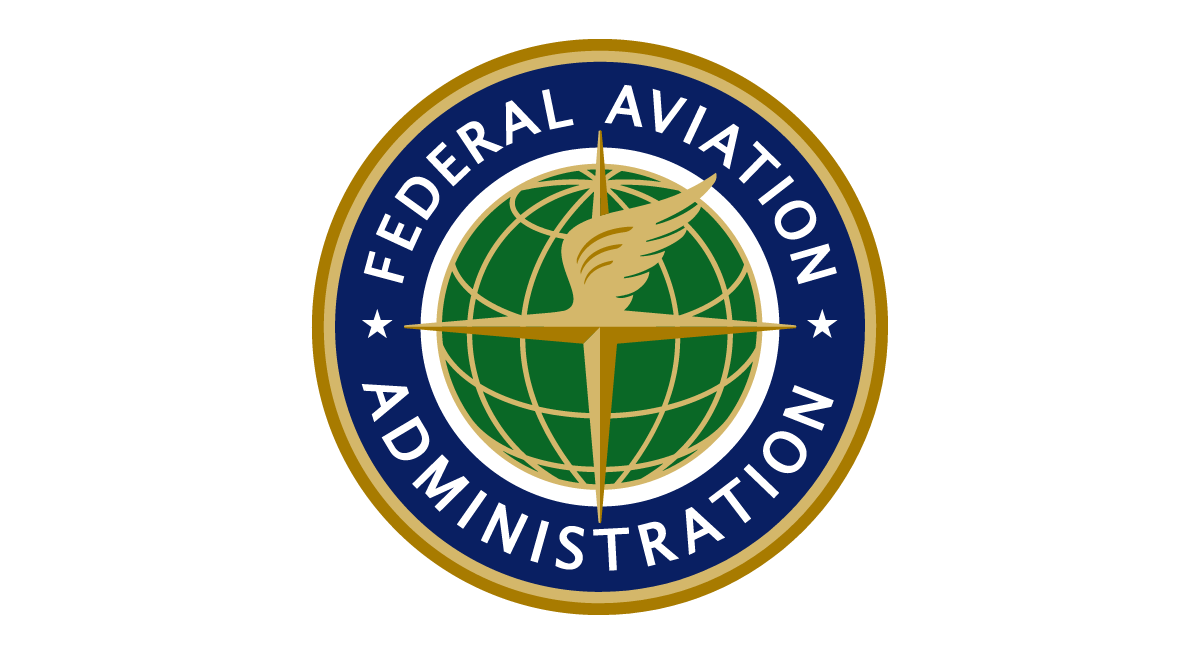Aviation Business Gazette | Monday, December 01, 2014
The Federal Aviation Administration (FAA) is recognizing Nicholas John Correnti with inclusion in the prestigious FAA Airmen Certification Database.
The database, which appears on the agency’s website at www.faa.gov, names Correnti and other certified pilots who have met or exceeded the high educational, licensing and medical standards established by the FAA.
Pilot certification standards have evolved over time in an attempt to reduce pilot errors that lead to fatal crashes. FAA standards, which are set in consultation with the aviation industry and the public, are among the highest in the world.
Transportation safety experts strongly recommend against flying with an uncertified pilot. FAA pilot certification can be the difference between a safe flight and one that ends in tragedy.
The FAA recently announced that is it increasing the qualification requirements for co-pilots who fly for U.S. passenger and cargo airlines. These requirements mandate additional minimum flight time and training, as well as aircraft specific training.
“Safety will be my overriding priority as Secretary, so I am especially pleased to mark my first week by announcing a rule that will help us maintain our unparalleled safety record,” said Transportation Secretary Anthony Foxx in a press release. “We owe it to the traveling public to have only the most qualified and best trained pilots.”
According to the FAA, the new regulations stem in part from the crash of Colgan Air 3407 in February 2009. An investigation of the crash revealed that pilot Renslow, had failed three “check rides” (the flying equivalent of driver proficiency tests) and may not have had adequate training to respond to the emergency leading up to the crash.
The FAA offers a variety of pilots licenses and certificates, each with a different set of privileges. These levels include Student, Recreational, Sport, Private, Commercial And Airline Transport Pilot.
Pilots with a student pilot certification are not permitted to fly solo and are barred from carrying passengers. Sport pilot certificate holders can not carry more than one passenger and are permitted to only fly light-sport aircraft during the daytime.
The highest level of certification is the Airline Transport Pilot Certificate (ATP), which is required to fly a commercial airliner.
To obtain Airline Transport Pilot Certificate, pilots must possess a commercial pilot license, have more than 1500 hours of experience in aircraft and be at least 21 years old. However, pilots with an aviation degree can qualify for the certificate with just 1,000 hours.
Pilots obtaining an Airline Transport Pilot Certificate must also pass an exam covering air law, general aircraft knowledge, flight planning, meteorology, navigation, instrumentation and other important topics.
Pilots are required to pass a physical examination administered by a FAA-authorized medical examiner.
There are a number of medical conditions that the FAA considers disqualifying, such as Bipolar disease, cardiac valve replacement, coronary heart disease, diabetes mellitus requiring hypoglycemic medications, disturbance of consciousness without satisfactory explanation of cause, epilepsy, heart replacement, Myocardial infarction, permanent cardiac pacemaker, personality disorder that is severe enough to have repeatedly manifested itself by overt acts, psychosis, substance abuse, substance dependence, transient loss of control of nervous system function(s) without satisfactory explanation of cause.
Pilots are required to report to the FAA’s Security and Investigations Division any alcohol-related vehicle actions, such as an arrest, administrative action, driver license suspension.
